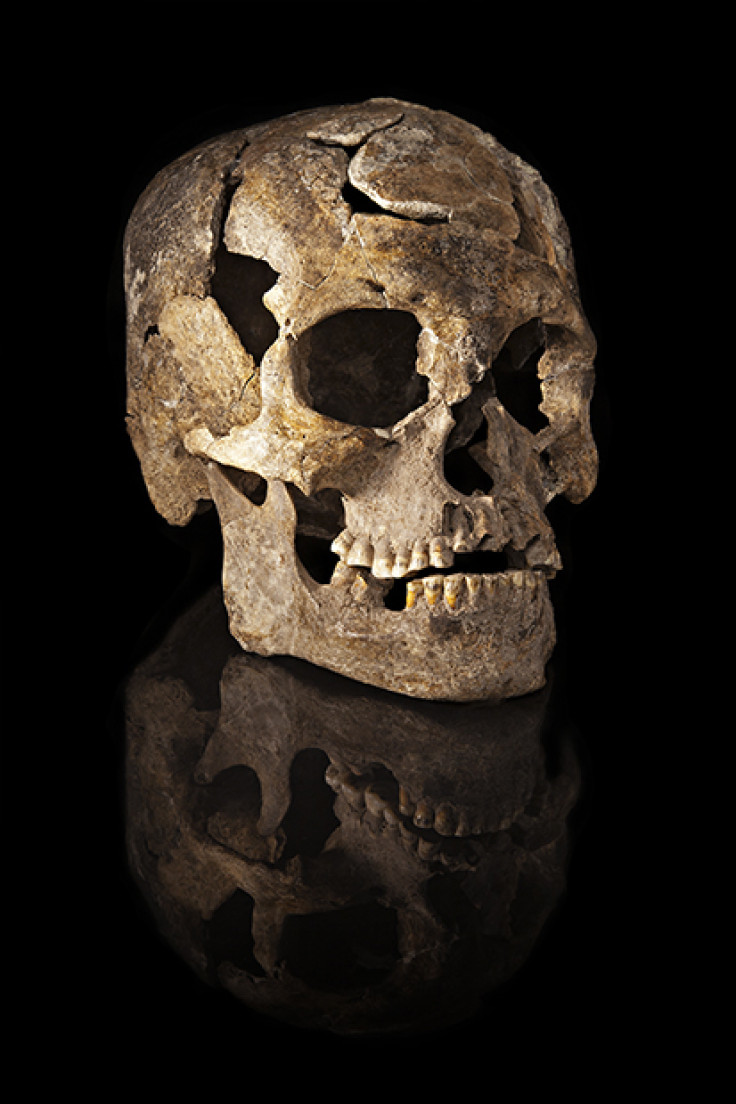Ancient crania reveal secrets about the first migrants to the Americas
First humans to people South America share a last common ancestor with modern-day northeast Asian populations.
The first humans who entered South America shared a common ancestor with contemporary northeast Asian populations, a study has shown. The findings suggest that the peopling of the New World occurred following multiple waves of dispersion from northeast Asia.
Scientists have yet to reach a consensus regarding the nature and the timing of the peopling of the Americas. Some studies have supported the theory of one migration from Asia while others have suggested that there could have been up to four distinct waves of migration.
Scientists have also previously shown that there is an important diversity in cranium measurements and morphology among South Americans, but there have been conflicting interpretations about why that is.
Some researchers have seen it as evidence of the multiple migration waves to South America, while others say this is the result of local diversification processes.
The study now published in Science Advances attempts to explain this cranial diversity with innovative analytical tools, looking at cranial morphology. They also try to solve the debate surrounding the peopling of the Americas.
3D cranial data study

The scientists studied 3D representations of cranial data from specimens collected at the Lapa do Santo Rock shelter, in Brazil. These 'Paleoamericans' would have been among the first humans to enter South America, around 14,000 years ago and throughout the late Pleistocene and early Holocene.
The researchers focused in particular on three areas of the cranium - the vault, the face and the basicranium. The idea behind their approach was to learn about past population history, even in the absence of genomic data.
The cranial data they analysed indicates that the Lagoa Santa Paleoamericans share a common ancestor with modern-day populations in northeast Asia.
"They and New World populations share a most recent common ancestor in northeast Asia with a population that later gave rise to the populations that colonised the American arctic and Greenland", the authors write.
The differences in morphology the scientists observed among these first migrants to the New World also support the hypothesis that this region of the world was populated by multiple waves of dispersion coming from Northeast Asia.
They now advocate for more research to be conducted using cranial data.
"There are still many questions in human prehistory for which relevant genomic data are not, or may never be, available. Therefore, we advocate that neutrally evolving morphological data be viewed as a useful adjunct to, and not an inferior alternative to, genomic data for analysing our evolutionary history", they conclude.
© Copyright IBTimes 2024. All rights reserved.






